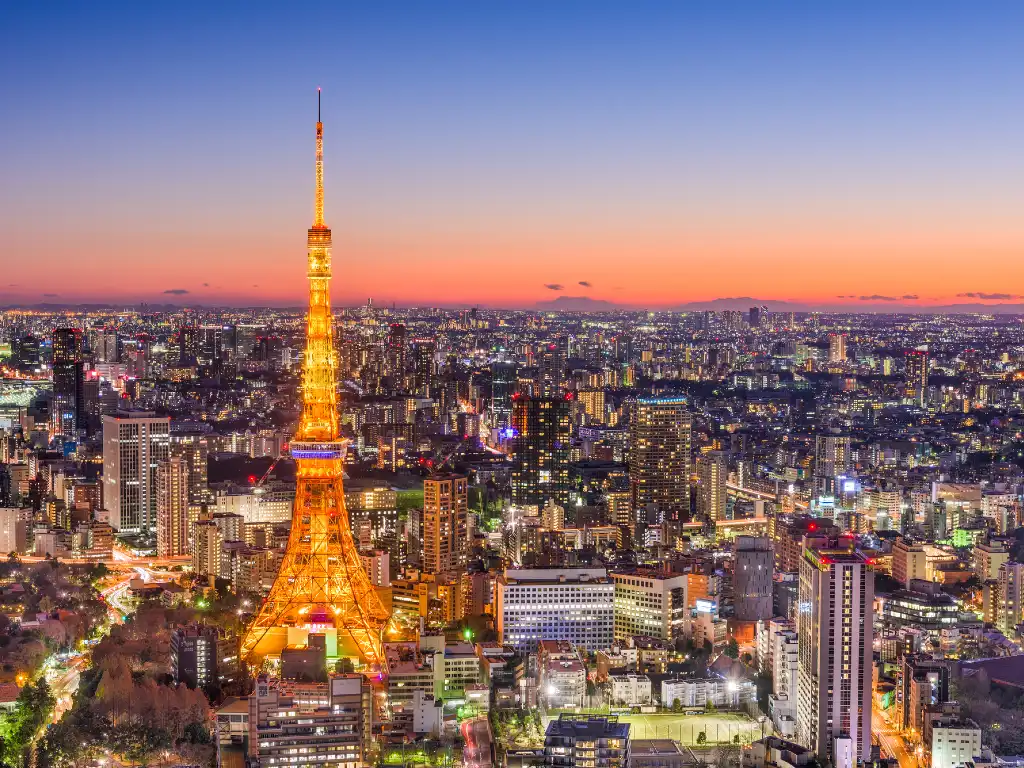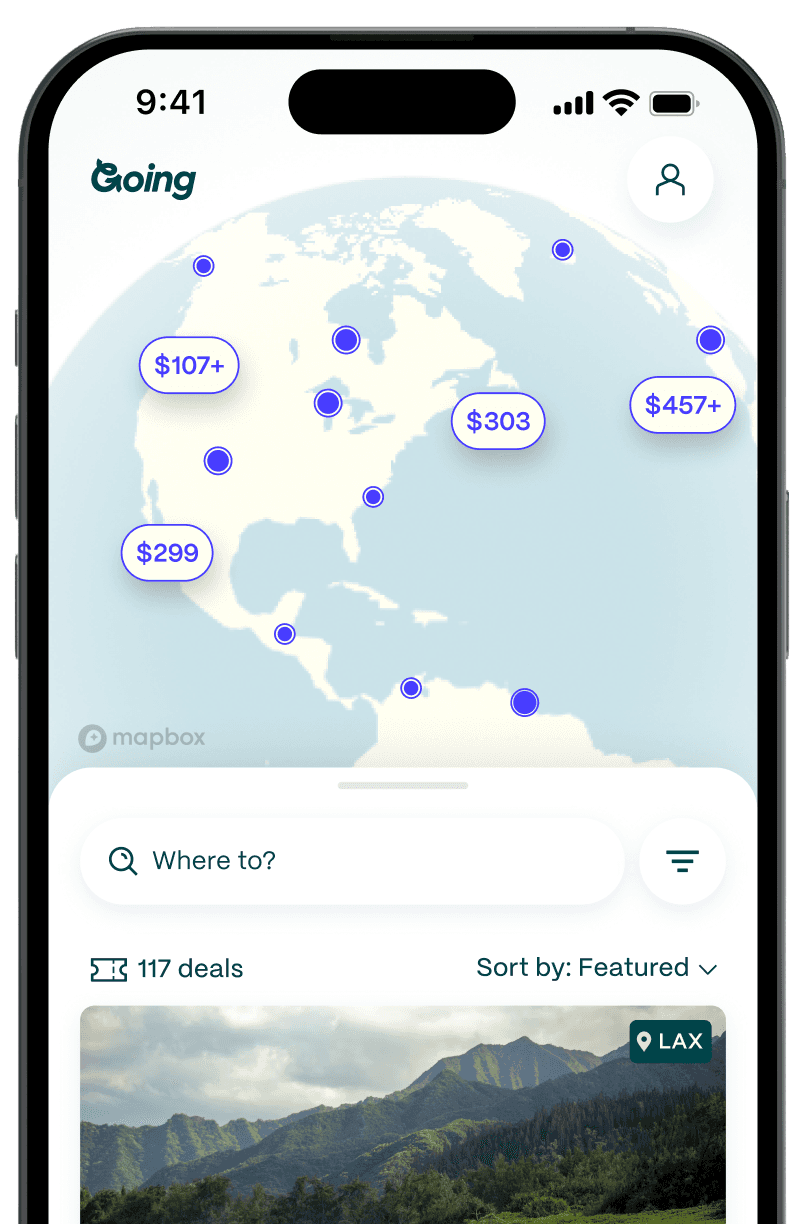
Eil Malk Jellyfish Lake: Snorkel Among Stingless Jellyfish in Palau
In general, jellyfish are best avoided. While most encounters cause only mild irritation, some stings—such as the Australian box jellyfish—are excruciatingly painful and can be fatal to humans. But in a mangrove-fringed lake in the middle of the Western Pacific, visitors are lured from across the globe to slip into the water with millions of these quivering creatures. It’s Jellyfish Lake in Micronesia’s Palau, and it’s absolutely magical.
To experience this, I’ve flown eight hours from Honolulu to Guam, then on to Yap, and—finally—to Palau’s most populous island, Koror. The following morning, I join a group of seven for the 45-minute crossing to Eil Malk, one of the 300-or-so jungle-covered limestone outcroppings that make up the uninhabited Rock Islands. After a 15-minute trek up and down a steep path, the lake appears.

The water is warm and glows emerald green. Once immersed, I’m swimming in a hallucination, a lava lamp. Countless globes pulsate around me. Some are golden and as big as basketballs, others tiny and clear as glass. Time seems to stand still. Jellyfish—there are millions—fill my field of vision, some brushing against me, undulating as I carefully float in their midst. Emerging from the water, it feels like I’ve been somewhere holy. The other swimmers (there are a few dozen while I’m there) appear to be similarly awestruck. My group returns to our boat in silence, absorbing the moment.
In the days following, I will dive with sharks (Palau instituted the world’s first shark sanctuary), explore ancient archeological sites, visit local villages, and kayak through lush mangroves. But nothing—nothing—compares to Jellyfish Lake.
An underwater wonder of the world
More than 350 islands make up the Republic of Palau, but the landmass of the tiny tropical archipelago is smaller than the city of Chicago at less than 180 square miles. Scattered amidst these islands is a collection of about 60 marine lakes. There are only a few hundred on the planet, created when depressions in porous limestone landscapes are flooded by rising sea levels.

Jellyfish Lake—which locals call Ongeim'l Tketau, or “Fifth Lake”—was formed around 12,000 years ago, when glaciers from the last Ice Age receded. The exposed reefs encircled the now-landlocked lake, leaving marine creatures without access to the open ocean. Without predators, the resulting generations of jellyfish evolved so that their stings became virtually undetectable to humans, and their numbers multiplied into the millions.
Two species of jellyfish inhabit the lake. Unlike most of their current-drifting cousins, Golden jellyfish (Mastigias papua etpisoni) begin their days with a purposeful commute from west to east. Living in symbiosis with algae that require sunlight for photosynthesis, the goldens follow the sun’s arc across the waters, rotating to make sure that all of their symbiotic roommates receive an equal share of the life-giving light. They share the lake with a subspecies of Moon jellies (Aurelia), near-translucent, flying saucer–shaped beings that glide through the water like alien angels.

Promoting and protecting
A significant portion of Palau’s economy relies on tourism, and the nation—whose 20,000 inhabitants boast a near total literacy rate—has been quick to understand the importance of protecting its unique and fragile environment both above and below its sparkling seas. Palau ended all commercial shark fishing in 2009, establishing the world’s first national shark sanctuary. In 2020, the Palau National Marine Sanctuary prohibited all mining and commercial fishing in more than 80% (193,000 square miles) of its maritime territory—an area larger than the state of California. The sanctuary protects 700 species of hard and soft coral and more than 1,300 species of fish.

At one point, the government proposed a law to limit new resort development to luxury properties in an effort to mitigate the effects of mass tourism. But since then, the pandemic significantly disrupted the flow of visitors to Palau. Even today, the country is trying to find the balance between promoting tourism and preserving its delicate ecosystem.
It has also launched a bold project to become the world’s first “carbon neutral destination,” promoting local food production and banning tour operators from using single-use plastics and styrofoam. Upon arrival, visitors are required to sign the “Palau Pledge,” protecting marine life from being “souvenirs” and mandating the adoption of a strict standard for ocean-friendly sunscreens, which stands to preserve these marine lakes and their ecosystems—including the jellyfish—for years to come.
Getting there
The main airport on the island of Koror is Roman Tmetuchl International Airport (ROR); check out the current flight schedule here. Palau can be difficult to reach from the US; however, it is definitely possible, namely using our Greek Islands Trick with Taipei, Manila, or Guam as your gateway city (in fact, flights from Manila and Guam to Koror are through good ole United Airlines, which, interestingly enough, has a South Pacific hub). Once you arrive at your gateway city, you’re looking at a $500-$600 nonstop to Koror—higher than pre-Covid, though we’re optimistic those prices will continue to drop as Transpacific airfare returns to capacity. Note that Palau is pretty easy to get to using points and miles. A roundtrip United economy flight costing about $2,500 in cash is only about 45,000 miles each way from anywhere in the US—not bad for such a remote destination.
How to do it
- Best time to go: Palau is pleasant to visit year-round, but peak tourist season is December through April. The dry season (best for diving) is generally from September through May.
- Cost: A permit to visit the island of Eil Malk and snorkel in Jellyfish Lake is $100 and valid for 10 days. Tour operators are plentiful and can typically be booked directly through your accommodation; day tours with lunch, boat transportation, and snorkeling equipment begin around $100 (typically not including permit fee, but operators will arrange for your permit when you book). Fish ‘n Fins, which has been in operation since 1972, is highly recommended.
- Tips and considerations: The bottom of Jellyfish Lake contains a layer of hydrogen sulfide gas, which is poisonous to humans. For this reason, scuba diving is not permitted here. Snorkel carefully, and although they may touch you, do not attempt to handle the delicate jellies. If you plan to explore some of Palau’s legendary scuba spots, remember you cannot fly within 24 hours of your most recent dive.
More animal encounters around the world
Last updated February 21, 2025
Articles you might like
View All
Where to Stay in Tokyo: The Best Neighborhoods and Hotels in 2026
Dec 19, 2025
12 min read

Where To Stay in Seattle: Best Neighborhoods and Hotels for 2026
Dec 19, 2025
10 min read

Where To Stay in San Francisco: Best Neighborhoods and Hotels for 2026
Dec 19, 2025
17 min read






